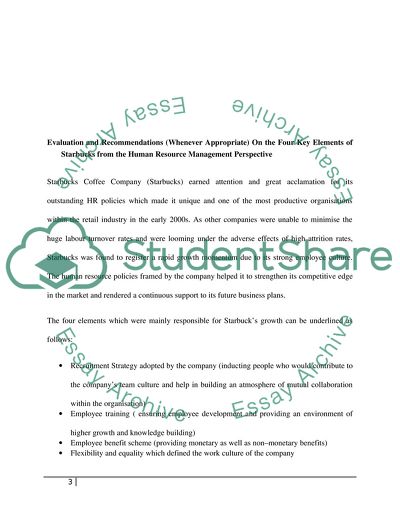Cite this document
(Evaluation and Advice on the Four Elements of Starbucks from Human Res Case Study, n.d.)
Evaluation and Advice on the Four Elements of Starbucks from Human Res Case Study. Retrieved from https://studentshare.org/human-resources/1724260-a-case-study-starbucks-human-resource-management-policies-and-the-growth-challenge
Evaluation and Advice on the Four Elements of Starbucks from Human Res Case Study. Retrieved from https://studentshare.org/human-resources/1724260-a-case-study-starbucks-human-resource-management-policies-and-the-growth-challenge
(Evaluation and Advice on the Four Elements of Starbucks from Human Res Case Study)
Evaluation and Advice on the Four Elements of Starbucks from Human Res Case Study. https://studentshare.org/human-resources/1724260-a-case-study-starbucks-human-resource-management-policies-and-the-growth-challenge.
Evaluation and Advice on the Four Elements of Starbucks from Human Res Case Study. https://studentshare.org/human-resources/1724260-a-case-study-starbucks-human-resource-management-policies-and-the-growth-challenge.
“Evaluation and Advice on the Four Elements of Starbucks from Human Res Case Study”, n.d. https://studentshare.org/human-resources/1724260-a-case-study-starbucks-human-resource-management-policies-and-the-growth-challenge.


